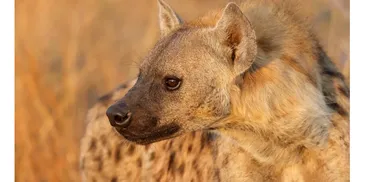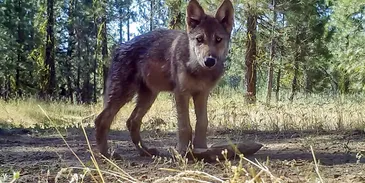The honey badger (Mellivora capensis), also known as the ratel, is a fearless and tough carnivore native to Africa, Southwest Asia, and the Indian subcontinent. It has a stocky body, thick skin, and a distinctive black coat with a broad gray or white stripe running from head to tail. Despite its name, the honey badger eats a wide variety of foods, including snakes, insects, small mammals, birds, and yes—honey and bee larvae. It is famously aggressive and can defend itself against much larger predators. Solitary and primarily nocturnal, the honey badger is known for its intelligence, strength, and remarkable resilience. It is listed as Least Concern but faces threats from habitat loss and human conflict.


My First Reaction Was Disbelief – Spotted Hyena Seen in Egypt for First Time in 5,000 Years [Discover Wildlife – January 22, 2025]
What’s This Story About: A spotted hyena was spotted—and killed—in southeastern Egypt, marking the species’ first confirmed presence there in 5,000 years. Found 500km north of its expected range, this unexpected sighting has scientists scrambling to understand what it was doing so far from home.
Why This Story: This incident raises serious questions about shifting habitats, climate pressures, and fragmented ecosystems. That a lone hyena wandered into unfamiliar terrain—and was immediately killed for acting like a predator—says more about human intolerance than natural behavior.

The Indigenous Range of the Tiger (Panthera tigris) [Diversity and Distribution, a Journal of Conservation Biogeography – January 18, 2025]

A new wolf pack, irate ranchers, and the astonishing comeback of California’s most celebrated predator [San Francisco Chronicle – October 13, 2024]
What’s This Story About: A newly formed wolf pack has been spotted in Northern California, marking a major milestone in the species’ return to the region. While conservationists are celebrating the comeback, local ranchers are voicing concern over livestock safety and increased tension with wildlife.
Why This Story: It’s challenging to call the wolf’s return to northeastern California a government conspiracy when the critters came back on their own.
More accurately and appropriately, you can call their return a great example of natural rewilding. Wolves belong in California us much as we humans do, both species are native to the area.